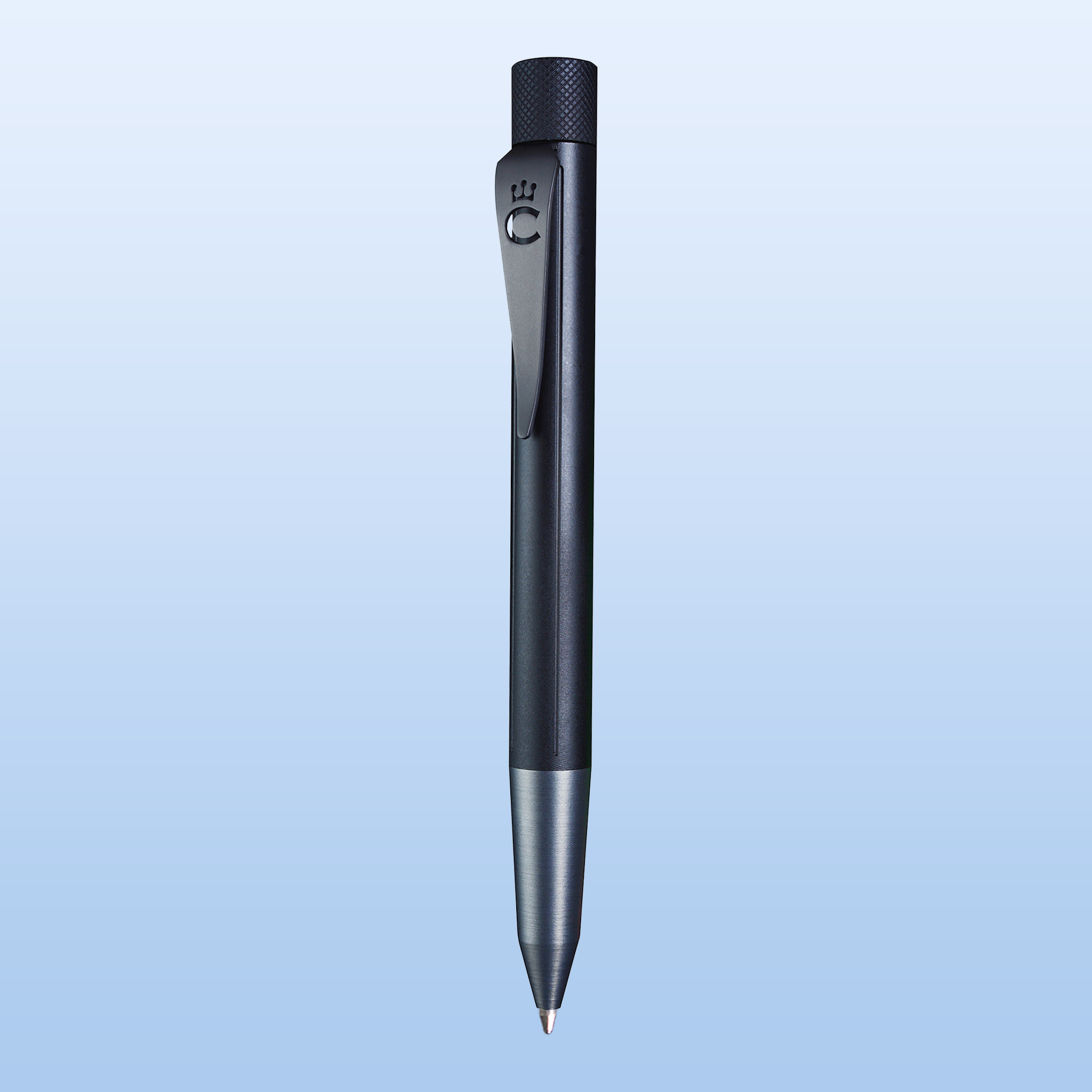Introduction to Hindi
- Introduction to Hindi Language
- History of Hindi Language
- The Devanagari Script
- Basic Hindi Grammar
- Writing Hindi
- Common Hindi Words and Phrases
- Hindi Literature
- Modern Usage of Hindi
- Conclusion
Introduction to Hindi Language
Hindi, one of the most widely spoken languages in the world, is the official language of India. It belongs to the Indo-Aryan branch of the Indo-European language family. Hindi is primarily spoken in India and also in neighboring countries. With over 600 million speakers, it is the fourth most spoken language globally.
History of Hindi Language
Hindi evolved from the ancient language Sanskrit and has a rich history. It developed in the 7th-10th centuries from dialects of Sanskrit, notably the Khari Boli dialect. This evolution was significantly influenced by Persian, Arabic, Turkish, Portuguese, and English, due to various invasions and cultural exchanges.
The modern standard Hindi emerged during the Delhi Sultanate and Mughal Empire (12th to 18th centuries). It was during this time that Persian and Arabic words were incorporated into the language.
The Devanagari Script
Hindi is written in the Devanagari script, which has its origins in the ancient Brahmi script. Devanagari consists of 11 vowels and 33 consonants. It is a syllabic alphabet in which each consonant has an inherent vowel.
Basic Hindi Grammar
Vowels
Hindi has 11 vowels: अ, आ, इ, ई, उ, ऊ, ए, ऐ, ओ, औ, अं, अः (a, aa, i, ee, u, oo, e, ai, o, au, am, ah).
- अ (a) - As in 'अंगूर' (grape).
- आ (aa) - As in 'आम' (mango).
- इ (i) - As in 'इन्द्रधनुष' (rainbow).
- ई (ee) - As in 'ईमानदार' (honest).
Consonants
Hindi has 33 consonants: क, ख, ग, घ, ङ, च, छ, ज, झ, ञ, ट, ठ, ड, ढ, ण, त, थ, द, ध, न, प, फ, ब, भ, म, य, र, ल, व, श, ष, स, ह (ka, kha, ga, gha, nga, cha, chha, ja, jha, ña, ṭa, ṭha, ḍa, ḍha, ṇa, ta, tha, da, dha, na, pa, pha, ba, bha, ma, ya, ra, la, va, sha, ṣa, sa, ha).
Matras
Matras are vowel signs added to the consonants to change the pronunciation. They can be short or long, and are placed above, below, before, or after the consonant. Examples of matras include ा, ि, ी, ु, ू, े, ै, ो, ौ, ं, and ः.
Writing Hindi
Vowels
- अ (a) - As in 'अंगूर' (grape).
- आ (aa) - As in 'आम' (mango).
- इ (i) - As in 'इन्द्रधनुष' (rainbow).
- ई (ee) - As in 'ईमानदार' (honest).
Consonants
- क (ka) - As in 'कुत्ता' (dog).
- ख (kha) - As in 'खरगोश' (rabbit).
- ग (ga) - As in 'गाय' (cow).
- घ (gha) - As in 'घर' (house).
Matras
- ा (aa) - As in 'आदमी' (man).
- ि (i) - As in 'मिट्टी' (soil).
- ी (ee) - As in 'गीत' (song).
- ु (u) - As in 'सुन' (listen).
- ू (oo) - As in 'दूध' (milk).
- े (e) - As in 'मेला' (fair).
- ै (ai) - As in 'खैर' (okay).
- ो (o) - As in 'गोल' (round).
- ौ (au) - As in 'चौराहा' (crossroad).
- ं (am) - Nasalization as in 'गंगा' (Ganga).
- ः (ah) - Visarga as in 'कः' (who).
Common Hindi Words and Phrases
- नमस्ते (Namaste) - Hello.
- धन्यवाद (Dhanyavad) - Thank you.
- कृपया (Kripya) - Please.
- हाँ (Haan) - Yes.
- नहीं (Nahi) - No.
- मैं ठीक हूँ (Main theek hoon) - I am fine.
- आप कैसे हैं? (Aap kaise hain?) - How are you?
- मुझे भूख लगी है (Mujhe bhook lagi hai) - I am hungry.
- **मैं आपसे मिलना चाहत
ा/चाहती हूँ (Main aapse milna chahta/chahti hoon)** - I want to meet you.
Hindi Literature
Hindi literature has a rich heritage and includes works from various genres such as poetry, prose, and drama. Notable literary figures include Tulsidas, Kabir, Surdas, Premchand, and Harivansh Rai Bachchan.
Examples:
- Tulsidas - Wrote Ramcharitmanas, an epic poem on the life of Lord Rama.
- Kabir - Famous for his couplets known as 'Kabir ke dohe'.
- Surdas - Known for his devotional songs dedicated to Lord Krishna.
- Premchand - Renowned for his novels and short stories depicting the social issues of his time.
- Harivansh Rai Bachchan - His works include the famous poem 'Madhushala'.
Modern Usage of Hindi
In modern times, Hindi is not only used in literature but also in various forms of media such as newspapers, magazines, television, and the internet. It is also the language of instruction in many schools and universities in India. With the advent of globalization, Hindi films (Bollywood) and music have gained international recognition, further popularizing the language.
Conclusion
Hindi, with its rich history, beautiful script, and wide usage, continues to be an integral part of Indian culture and identity. As a language, it bridges the gap between tradition and modernity, serving as a medium of communication and expression for millions of people around the world.









